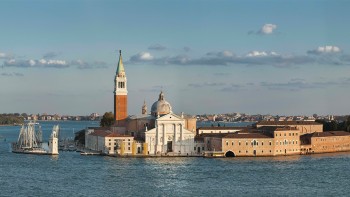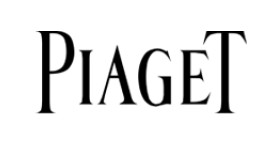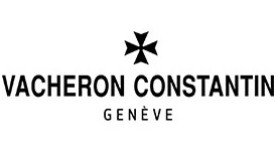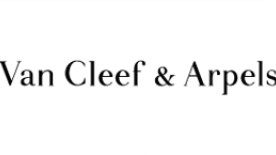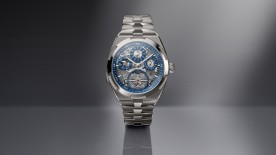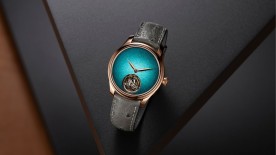In the heart of Venice, where art and craftsmanship converge, the Homo Faber biennial exhibition invites visitors to explore the profound relationship between humans and their creative expressions. The exhibition was inaugurated in 2018, and 2024 marks its third edition. Held on the Venetian islet of San Giorgio Maggiore and housed in its magnificent monastery (founded in 982 CE), Homo Faber is organised by the Michelangelo Foundation, and its close ties to the Richemont group of luxury houses brings a large measure of institutional support to the blend of independent artisans and established brands represented at the event. Each edition has its own proper theme, and this year’s exhibition was designed around The Journey of Life, with 10 curated spaces linked by this motif, exploring the full range of life stages from Birth and Childhood to Love and Afterlife.
What initially sounds like a rather straightforward title actually ties into the deeper and frequently overlooked role that art and artisanal objects play in our lives. The lace-edged infant’s baptism gown handed down through the generations, the porcelain soup tureen occupying a prominent corner of the china cabinet in a grandparent’s dining room, the hand-carved chess set that first taught us how to play by the rules, the fine crystal champagne flutes used to toast at a wedding. Such objects carry important emotional significance in our lives, and by extension, so do their creators, via their investment of time, labour and savoir-faire. We may not even realise it, but these invisible artisans are as much a part of our lives as the work they’ve produced.
All this ties into the concept of latent knowledge: information that you do in fact possess in scattered form, but simply don’t think about, or perhaps you’ve simply never put things together in your head in that particular configuration. You might say it’s the cognitive equivalent of an unassembled Lego kit — or a watch.
Whilst the mechanical side of watchmaking was less visible at Homo Faber, the participating watch brands made substantial efforts to highlight the craftsmanship and artisanal value of their products. This is a familiar angle of expressing brand identity that we observe in certain houses such as Piaget, particularly with their famed bracelet-making techniques. Workbenches were set up as part of the exhibition, and in-house artisans from Geneva were able to demonstrate to visitors the intricate work that a Milanese mesh bracelet or a Palace-décor bracelet entails.
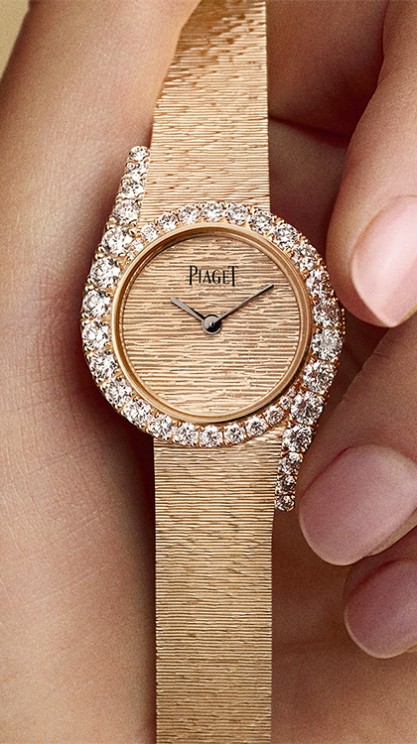
Van Cleef & Arpels, whose Poetic Complication timepieces have made the brand synonymous with whimsical romance, brought an example of its spectacularly imaginative clocks to Homo Faber, attracting admiring crowds throughout the day. Lifting the curtain slightly to reveal the secret skills that make the brand’s creations so unique, Van Cleef & Arpels artisans demonstrated via high-powered cameras the technique behind the iconic mystery setting that results in an interrupted gem-set surface with no visible setting prongs.
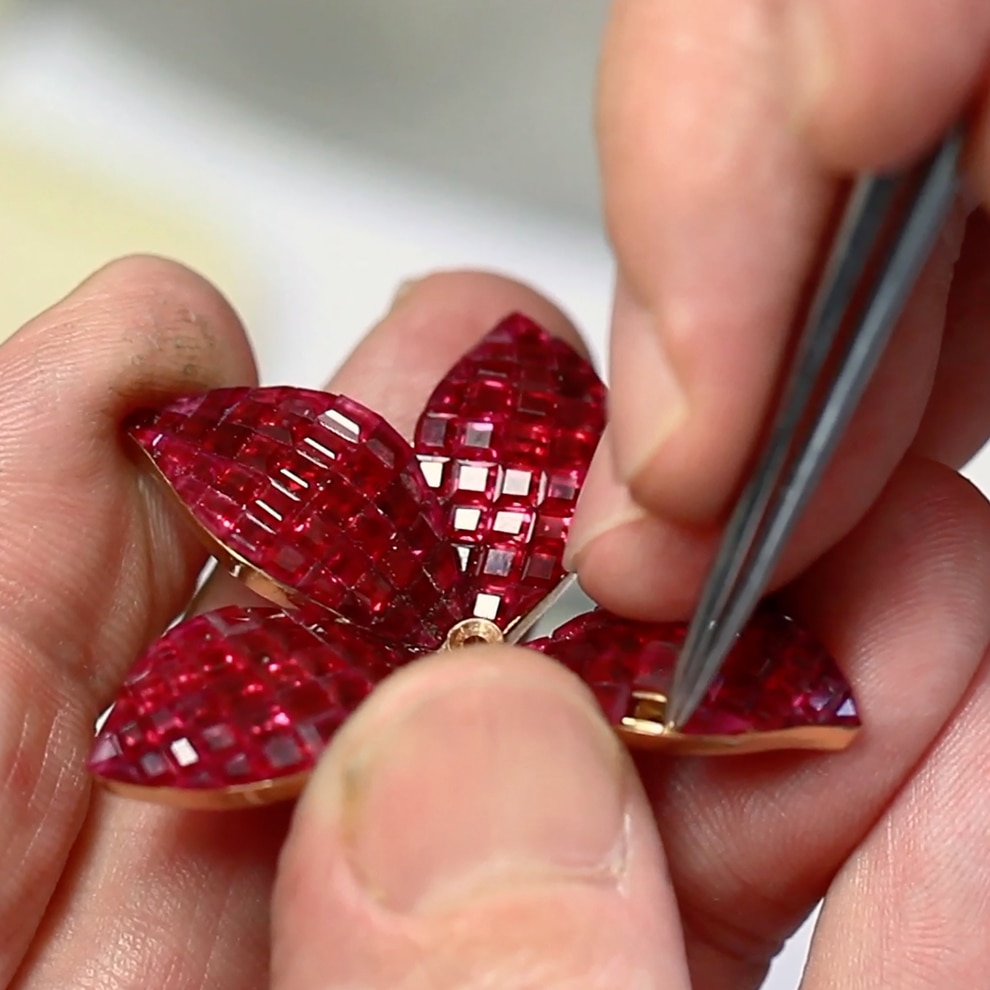
The enamel creations of Jaeger-LeCoultre have long been acclaimed in the community of watch enthusiasts, but for many visitors to Homo Faber, this was their first experience of the mastery that the brand exerts over this centuries-old decorative art. As a tribute to Homo Faber’s host city (and a nod to the Venice Film Festival, of which Jaeger-LeCoultre was an official partner between 2005 and 2020), three new Reverso timepieces were unveiled, featuring re-creations of Monet’s paintings of Venice in grande feu enamel.
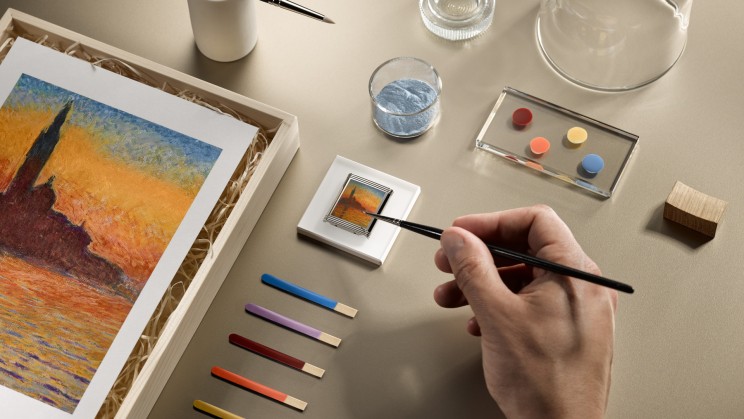
Preserving age-old techniques is something you’d expect to come naturally at a brand that dates from 1755, and Vacheron Constantin decided that they would showcase their skill in timepiece restoration at this year’s edition of Homo Faber. Montblanc put the spotlight on their writing instruments and their role played by such finely made tools in the creative process. IWC, in a change from their usual emphasis on engineering and mechanical expertise, opted to illuminate the aspect of manual craft in their watchmaking approach. Even a brand like Officine Panerai, known for their rugged and utilitarian watches, brought their industrial stylistic flair to the exhibition by collaborating with thebackstudio on a light installation (fans of Panerai will immediately be able to identify the connection the brand has with lighting solutions, given their historic use of luminous materials).
The very nature of art is to prompt us to adopt different perspectives, to drive our thoughts along new paths. In short, art is the best means we have of broadening our minds and enriching our lives. It is formative; it is a potent agent of change. And, although I have no professional or academic qualifications in psychology, I’m quite convinced that imperviousness to art is strongly indicative of a diminished capacity for personal growth. Now, before I get accused of cultural elitism, I’d just like to point out that art can be expressed in various ways, and I would never say someone was mentally unevolved just because they feel unmoved by the Mona Lisa. We can hear art in an evocative music passage; we might see it in the moody colour palette of a dystopian science-fiction movie or feel it in the delicacy of a hand-moulded and kiln-fired ceramic flower petal. (Caveat: This is not to be taken as an admission that I touched any of the exquisite pieces on display at Homo Faber.)
It should be abundantly clear at this point that art, artistry and the artisanal spirit are inextricable from our overall experience of life. At Homo Faber, they are one and the same — to celebrate craftsmanship is to celebrate life.
